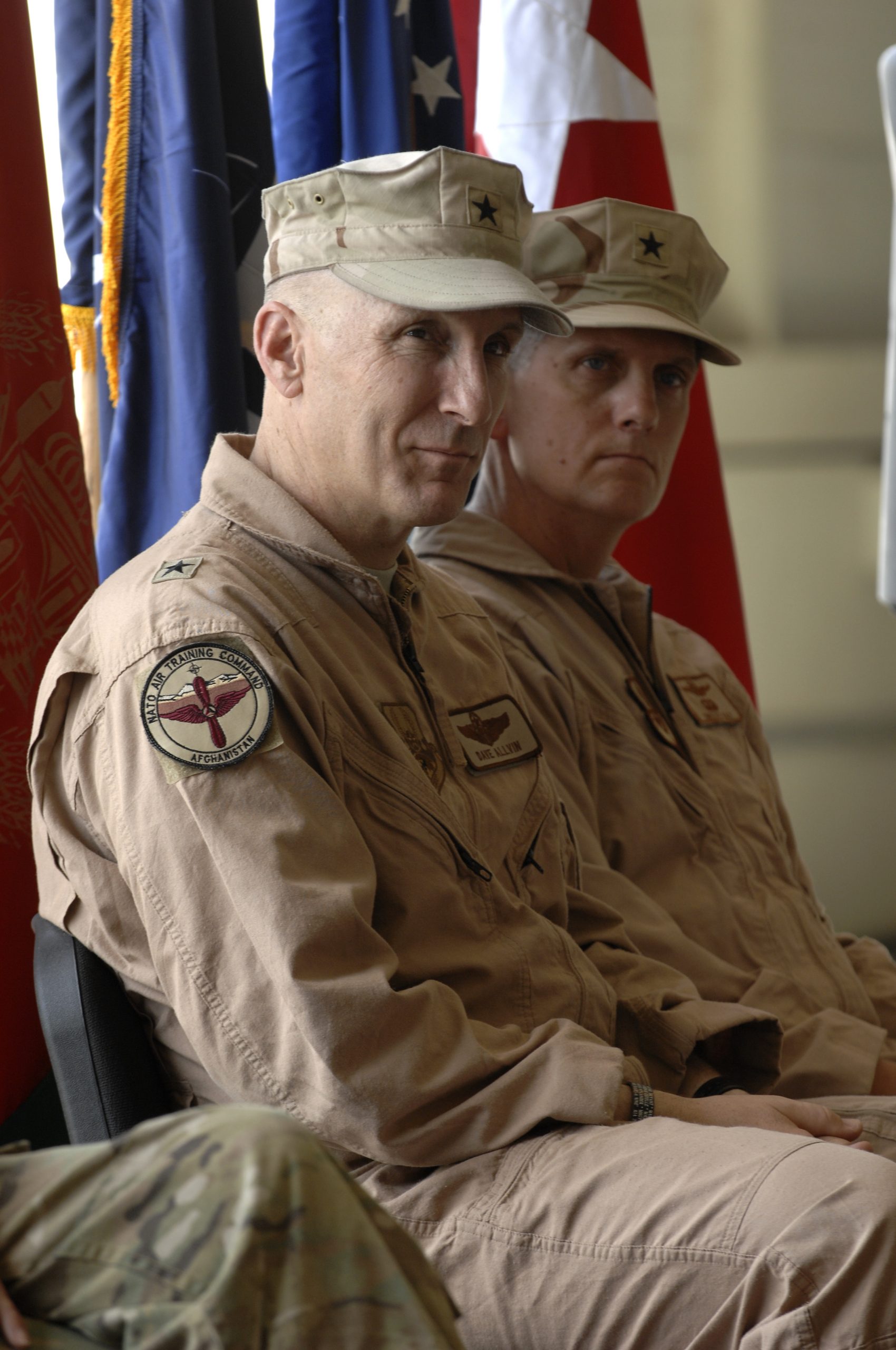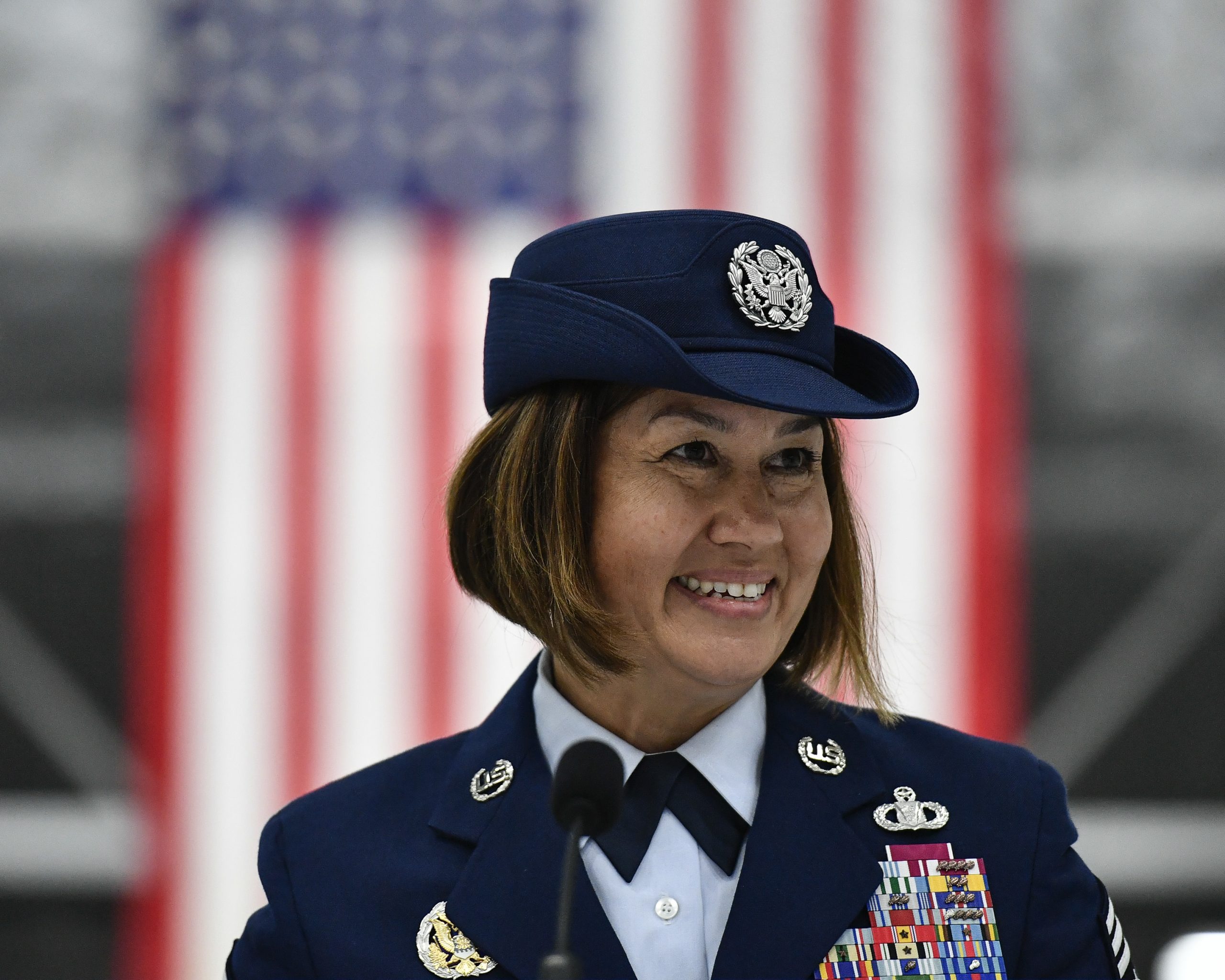F-16s and KC-135s deployed to two bases in Poland for an aviation rotation, shortly after the U.S. and Poland agreed to increase the amount of forces in the country.
F-16s from the 52nd Fighter Wing at Spangdahlem Air Base, Germany, deployed to Łask Air Base for Aviation Detachment Rotation 20.4, while KC-135s from the Illinois Air National Guard’s 126th Air Refueling Wing will be based at Powidz Air Base. Additionally, the contractor-owned, contractor-operated MQ-9s from the 52nd Expeditionary Operations Group Detachment 2 recently returned to Miroslawiec Air Base, Poland, from Estonia.
“A persistent rotation of both fighter and cargo aircraft in Poland gives U.S. and Polish forces at all levels the perfect opportunity to further strengthen our relationship, ensuring we can execute the mission anytime, anywhere,” said Gen. Jeffrey L Harrigian, commander of U.S. Air Forces in Europe-Air Forces Africa, in a release.
The rotation will focus on training alongside the Polish air force. USAF regularly sends detachments to the country.
The U.S. and Polish militaries on Aug. 3 agreed on a new Enhanced Defense Cooperation Agreement, which would add a new Air Force cargo hub and remotely piloted aircraft unit in the Eastern European nation. The EDCA, which has not yet been signed, came as the Pentagon and U.S. European Command announced plans to draw down the American presence in Germany, including moving the 52nd Fighter Wing’s F-16s to Italy.
“Alongside the recently announced European strategic force posture changes, the EDCA will enhance deterrence against Russia, strengthen NATO, reassure our allies, and our forward presence in Poland on NATO’s Eastern flank will improve our strategic and operational flexibility,” Defense Secretary Mark T. Esper said in an Aug. 3 statement.
The agreement would base an RPA unit at Łask and a “loading and unloading air base” at Wrocław-Strachowice Airport, along with increasing the Army presence in the country.









